Located in Southeast Alaska, the Chilkoot River extends about 20 miles from its site and covers over 100 square miles of a watershed area. The source of the river is located west on the Takshanuk Mountains, the Freebee glacier, and the remaining unnamed mountains to the east. From its site, the river’s upper reach extends around 16 miles to the point where it enters Chilkoot Lake. From the end of the lake, the lower reach of the Chilkoot River flows for about 1.5 miles until it comes into contact with the Chilkoot Inlet and a branch at the northern end of Lynn Canal.
At the lower reaches of the Chilkoot River, on the lake’s shores, there’s a prehistoric village, a Chilkoot Indian settlement. Tschikut, Chilcoot, or Tananel , the names of the village, have been given to both the river and the lake. Chilkoot is a Tlingit phrase that means ‘without a storehouse.’ The Chilkoot band once stored fish packed in the snow between willow branches or alder instead of storehouses.
The Chilkoot River and its precincts, the Chilkoot River Corridor, have been brought under the Chilkoot River Corridor Strategic Planning Project monitoring to preserve its historical and ecological heritage. A fishing weir has also been added to the Chilkoot River to monitor and count living fish from the lake into the Chilkoot River and Chilkoot Inlet lower reach.
The history of this river and the lake is linked directly to the Chilkoot village, where Tlingits lived, after which they -the river and lake- received their names. This village existed near the Chilkoot River outlet and later was divided into two parts by the river; the Eagle Clan Tlingits lived on the eastern part while the Raven Clan Tinglits lived on the western. It was an important location for the Southeast Alaskan Tlingits, who reportedly settled on the site during prehistoric days when they became occupied in hooligan and salmon fishing. They used hooligan fish to make oil, their cooking medium, by cooking the hooligan in a canoe laid with hot rocks.
The Chilkoot Lake State Recreation Site was officially established and managed by the Alaska Department of Natural Resources – Division of Parks and Outdoor Recreation. This recreation area sits amidst a forest of Sitka trees ahead of the river, and it features land with 32 picnic shelters, 32 campsites, and a boat launch. The river and lake’s precincts provide some of the sites for salmon fishing from June to October when many brown bears frequent the area to feed on spawning salmon.
 Aspen Hotels – Haines
Aspen Hotels – Haines